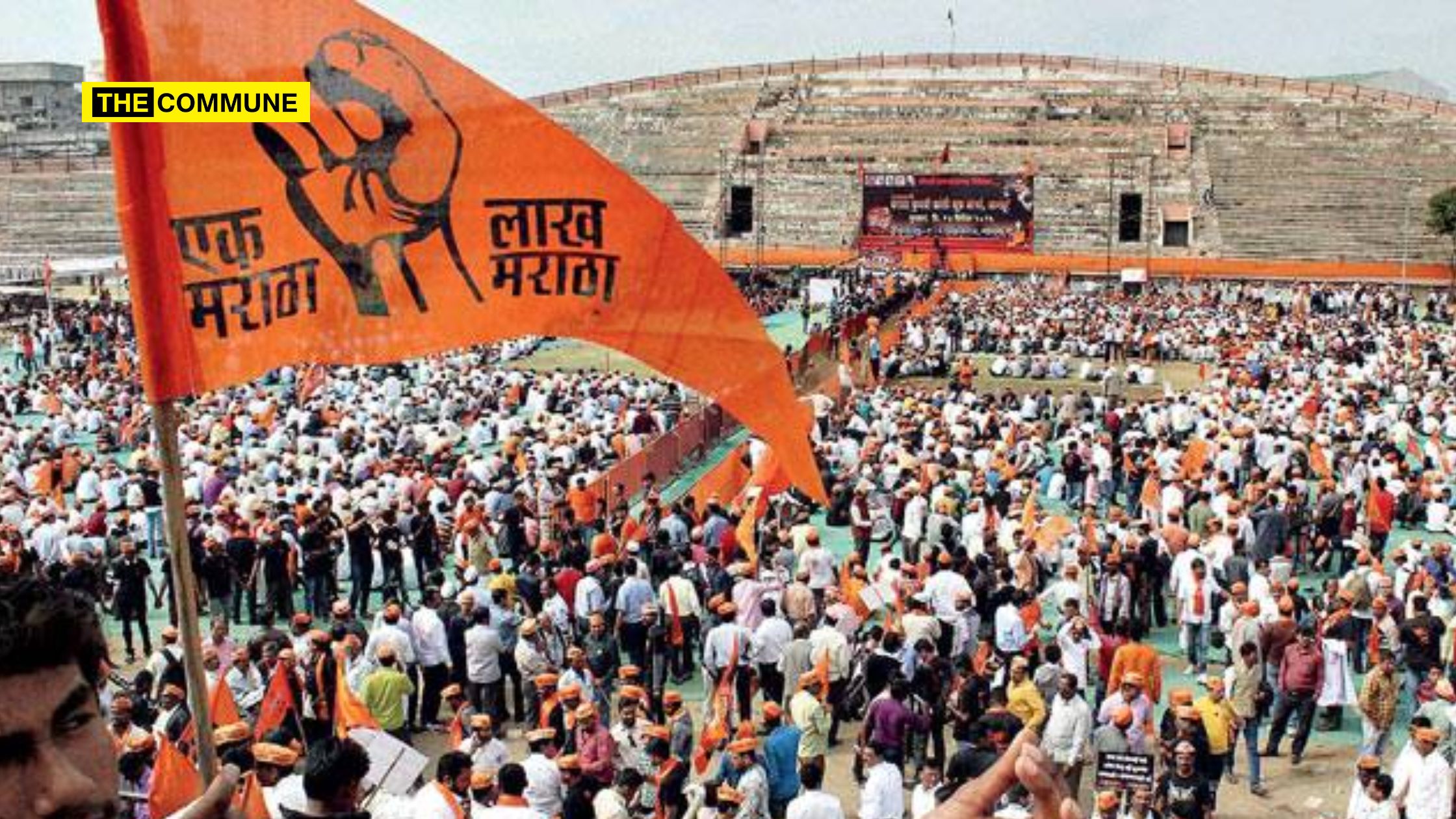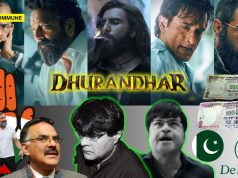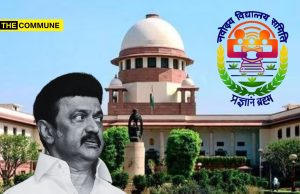
In a climate where the Sakal Hindu Samaj (a coalition of several Hindu socio political organizations) took to the streets, and with Maharashtra witnessing more than 125 rallies, it’s indeed hard to envision the popularity of such demonstrations without the participation of the majority Maratha community. The overwhelming support for these rallies underscores the significant role played by the Maratha community in these events.
In this backdrop of extensive rallies, the sudden demand for Maratha reservation and the subsequent agitation have undeniably left a profound impact on the political landscape of Maharashtra. Both the BJP and Eknath Shinde’s Shiv Sena have astutely capitalized on this issue to their political advantage.
The involvement and influence of the Maratha community in these developments have been pivotal, shaping the dynamics of the region’s politics. The interplay of community support, political maneuvering, and social dynamics has made this issue a central and transformative element in the political narrative of Maharashtra.
Political dynamics in Maharashtra have been in constant flux since 2019. However, signs of political instability emerged earlier, around 2017, when the Shiv Sena began criticizing the BJP, despite being in a coalition government. Initially perceived as friendly banter, this friction continued and escalated over time. The Shiv Sena, realizing that anti-BJP sentiments were gaining momentum, intensified its critique.
Tensions between the Shiv Sena and BJP reached a crucial point when Uddhav Thackeray, in a public meeting in 2018, launched a direct verbal assault on Prime Minister Narendra Modi, using strong language. However, despite these differences, the two parties later reconciled and contested together in the Lok Sabha and state assembly elections in 2019.
The turning point occurred when the BJP secured 105 seats, while the Shiv Sena won 63 seats. This led to a power struggle over the Chief Minister’s position, eventually resulting in the formation of the Maha Vikas Aghadi (MVA) alliance by NCP, aimed at keeping the BJP out of power. The BJP’s return to power became a reality after the Shinde faction broke away from the MVA and allied with the BJP. Following a protracted legal battle, the Supreme Court ordered the Speaker to decide on the disqualification of MLAs by December 31.
The intricate political maneuvering surrounding the Maratha reservation agitation can be summarized as follows:
The agitation was ignited by a man from Jalna district in the Marathwada region, who went on a hunger strike to demand Maratha reservations. This drew police lathi-charges, bringing Jarange Patil to the forefront as the face of the movement. The Maratha community rallied behind Jarange Patil, and opposition parties began visiting him.
As the agitation gained momentum, members of the ruling party engaged in negotiations. Initially, Jarange Patil demanded the inclusion of Marathas from Marathwada as Kunbi in the OBC category. The government accepted this demand and established a committee under Justice Shinde to facilitate the necessary proceedings. Subsequently, Jarange ended his hunger strike. Simultaneously, the OBC community began protesting against Jarange’s demand.
The coincidence of Jarange Patil’s agitation and the Supreme Court’s deadline for deciding on the disqualification petitions is indeed a compelling and intriguing factor. In the complex landscape of Maharashtra politics, the significance of not losing a Chief Minister from the majority community during such a high-intensity agitation cannot be overstated.
Historically, Maharashtra’s politics has been marked by sub-regionalism and caste-based considerations. In the Konkan region, for example, the Kunbi and Maratha communities are roughly equal in numbers and often political rivals. In Vidarbha, the movement led by Punjab Rao Deshmukh ensured that nearly all Marathas obtained the Kunbi certificate, shaping the political landscape. Western Maharashtra and Northern Maharashtra, on the other hand, revolve around issues related to sugarcane cooperatives.
Marathwada, as you’ve rightly pointed out, faces distinctive challenges, including drought, early marriages of girls, and limited landholdings. This region has garnered significant attention and support for the Maratha reservation agitation. Marathwada has a historical pattern of competition between Maratha strongmen and OBC leaders. Before 2014, leaders like former Chief Minister Vilasrao Deshmukh, a Maratha, and former Home Minister and OBC stalwart Gopinath Munde, emerged as successful grassroots leaders.
Following the passing of leaders like Munde and Deshmukh, Marathwada experienced a leadership vacuum. This vacuum inadvertently allowed Jarange Patil to step in and, at least for the less privileged Marathas, assume a leadership role in the region.
The interplay between regional dynamics, caste considerations, and leadership gaps adds layers of complexity to the Maratha reservation agitation and its political implications. It underscores the intricate nature of politics in Maharashtra and the factors that influence the political landscape.
In a calculated move, Devendra Fadnavis personally assured the OBC community that Marathas would not be included in the OBC category. Shinde, on the other hand, managed Jarange’s protest, and it was notable that the Shiv Sena, particularly a faction of Marathwada leaders, aligned with Shinde. It became evident that both Fadnavis and Shinde stood to gain politically from this agitation.
While the blame for the agitation is often attributed to Sharad Pawar’s opposition, it is important to note that in such situations, when the dominant caste becomes more vocal, the minority caste often consolidates against it. Jarange’s actions, which included a direct attack on Devendra Fadnavis, garnered sympathy from other communities, potentially strengthening the BJP’s position in upcoming elections. Additionally, Devendra Fadnavis, who had faced accusations of sidelining the OBC community, regained popularity among this group. By the end of the agitation, it was clear that Shinde had emerged as a prominent Maratha leader, further solidifying the political landscape.
Vipin is a political analyst and researcher based out of Maharashtra
Subscribe to our channels on Telegram and WhatsApp and get the best stories of the day delivered to you personally.




